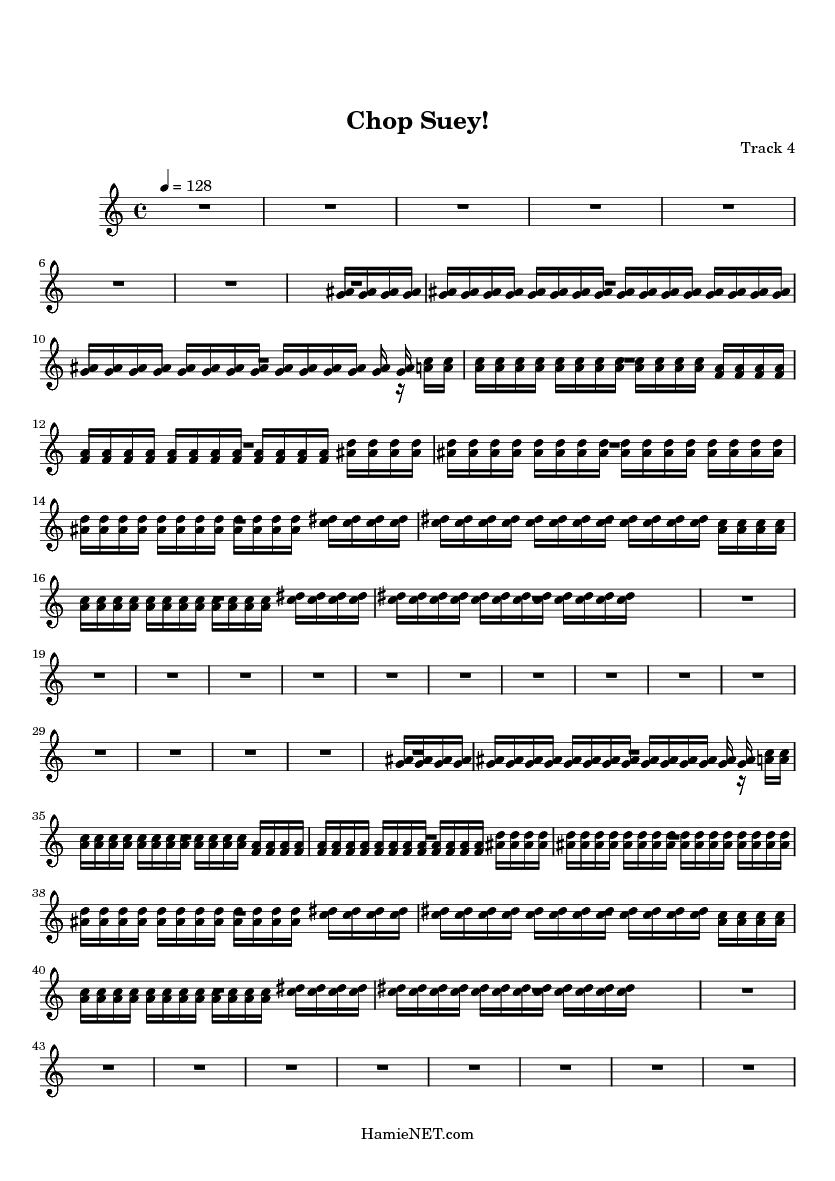
Though Chinese dishes were on offer, much of what they served was western in origin – and with rare exceptions, their ‘European’ customers were happy to stick to what they knew. An all-you-can-eat meal could cost as little as $1 – less than half the price of the meagre platters on offer elsewhere.

They soon won a reputation for high-quality food and unusually low prices. Though some headed to the gold fields, most set up as merchants, or as restaurateurs and before long, a host of eateries festooned with yellow flags had sprung up all over town. It was to this need that the first wave of Chinese immigrants applied themselves. They lacked tools, clothing and, above all, provisions. Most of the new arrivals were men, with little more than a knapsack to their name. Barely more than a village when the Gold Rush began, it was now thronged with people of every nationality – and was growing every day.

San Francisco was their first port of call. Carried by clipper ships, word soon reached Hong Kong, Macau and Guangzhou that the pickings were so rich that it was possible to dig up as much as a kilo or more each day and within months, hundreds of eager Chinese were flocking across the Pacific Ocean in the hope of making their fortunes. But when gold was discovered in California in 1848, all that changed. At first, their numbers were small, and most stayed only for short periods of time. Consciously created to mask culinary realities with nativist pretentions or (in Lem Sen’s case) naive self-interest, the tales told about chop suey are a testament to the United States’ conflicted relationship with Chinese immigrants – and a witness to almost two centuries of curiosity and contempt.Ĭhinese people began settling in the US in the early 19th century. Even today, the expression ‘as American as chop suey’ can still be heard. Over the next few decades, newspapers regularly claimed it as Uncle Sam’s own and mocked those who were ‘gulled’ into believing that it was really Chinese. But the myth of the dish’s ‘American’ origins persisted. Through his lawyer, he demanded that restaurants stop making chop suey – or pay him for the privilege of using his recipe. His recipe had been ‘stolen’ by an American diner, who had since grown rich off the profits. In fact, he had invented it a decade before, while working at a ‘Bohemian’ restaurant in San Francisco. Chop suey, he claimed, was ‘no more Chinese than pork and beans’. A few days earlier, a chef named Lem Sen had arrived from San Francisco. Every night, restaurants along Moot and Pell were thronged with sophisticates clamouring for a taste of ‘authentic’ Chinese cooking. For the past 20 years, it had thrived off the city’s seemingly insatiable appetite for chop suey. Lower the heat to medium, add the vegetables back to the wok and stir-fry for a further 2 minutes, then add the sauce and continue to stir-fry over a medium-high heat for another 2 minutes, or until the sauce has thickened and reduced and is sticking to the chicken.On the night of 14 June 1904, New York’s Chinatown was plunged into a deep gloom. Lower the heat to medium, add the vegetables back to the wok and stir-fry for a further 2 minutes, then add the sauce and continue to stir-fry over a medium-high heat for another 2 minutes, or until the sauce has thickened and reduced and is sticking to the chicken. Bring the wok back to smoking point, add the chicken and stir-fry 3–5 minutes until golden brown on all sides.ĥ. Add the asparagus and the baby corn, cover with the mushrooms, add a ladle of stock and stir-fry for 1 minute. Add mushrooms and stir-fry for 1 minute, push them add ½ tablespoon of oil to the centre and return to smoking point.


Heat 1 tablespoon of vegetable oil in a wok over a high heat until smoking-hot. Blanch the carrots and bean sprouts in vegetable stock 15-30 seconds at a time and set aside. Mix all the sauce ingredients and set them aside. Put the chicken into a small mixing bowl, add the marinade ingredients and, using your hands, massage the pieces until they are evenly coated.Ģ. Slice the asparagus and carrots into fine matchsticks, cut the baby corn and shiitake mushrooms into medium size chunks and slice the chicken into 3cm-wide strips.


 0 kommentar(er)
0 kommentar(er)
